 Derailing Integrity: Corruption Claims Hit Delhi Metro's Top Management
Derailing Integrity: Corruption Claims Hit Delhi Metro's Top Management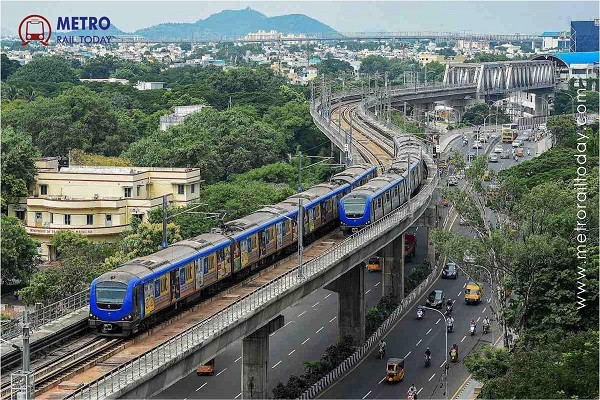 Six firms bid for DPR Consultancy for Chennai Metro's Koyambedu – Avadi Metro Line
Six firms bid for DPR Consultancy for Chennai Metro's Koyambedu – Avadi Metro Line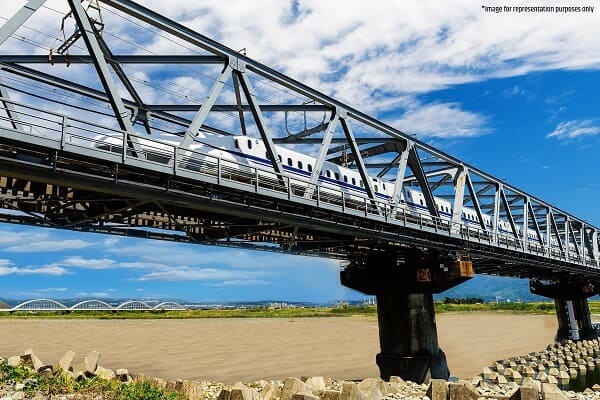 100-meter-long steel bridge launched on Mumbai-Ahmedabad High Speed Rail Corridor
100-meter-long steel bridge launched on Mumbai-Ahmedabad High Speed Rail Corridor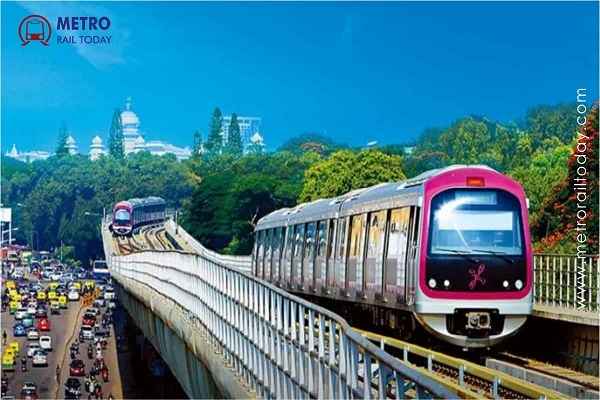 Bangalore Metro achieves record profit of ₹130 Crore in FY2023-24
Bangalore Metro achieves record profit of ₹130 Crore in FY2023-24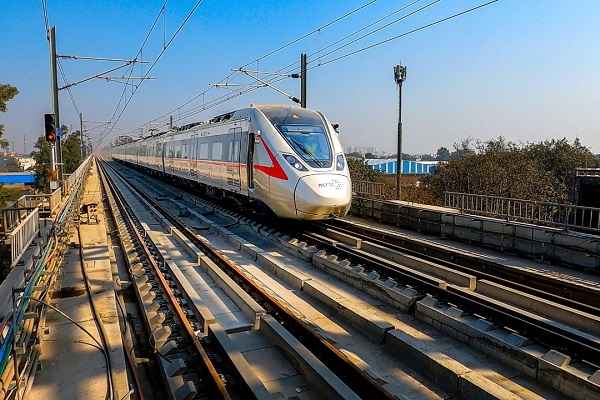 CEG Test House wins Geotechnical Investigation contract for Delhi-Dharuhera RRTS Project
CEG Test House wins Geotechnical Investigation contract for Delhi-Dharuhera RRTS Project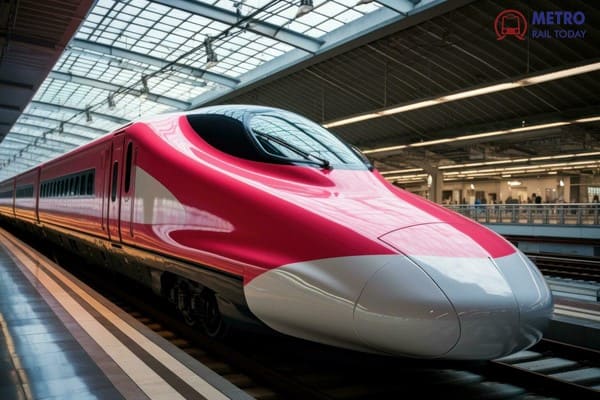 Two firms bid for ticketing system consultancy for Mumbai-Ahmedabad High Speed Rail Line
Two firms bid for ticketing system consultancy for Mumbai-Ahmedabad High Speed Rail Line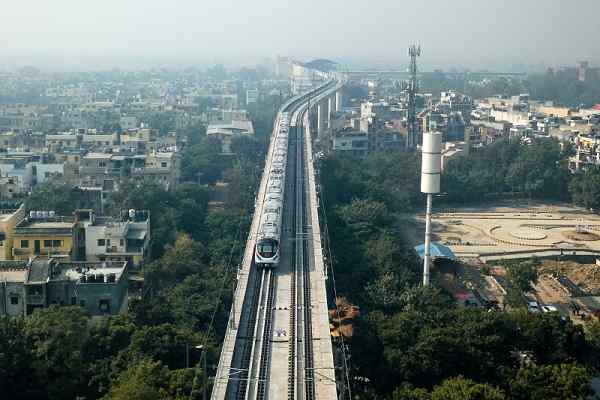 India aims to become the 2nd Largest Metro Rail Network in the World
India aims to become the 2nd Largest Metro Rail Network in the World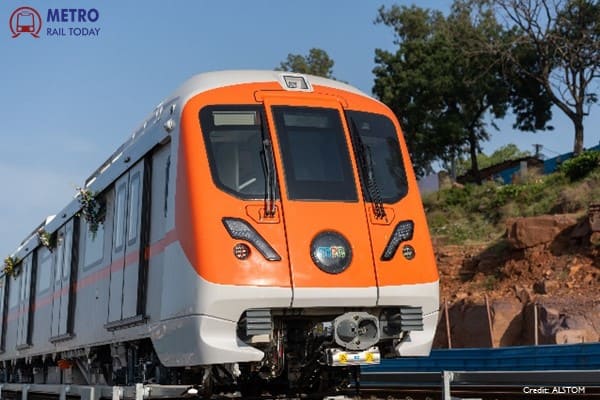 What makes the trains for Bhopal and Indore metro rail projects so special?
What makes the trains for Bhopal and Indore metro rail projects so special?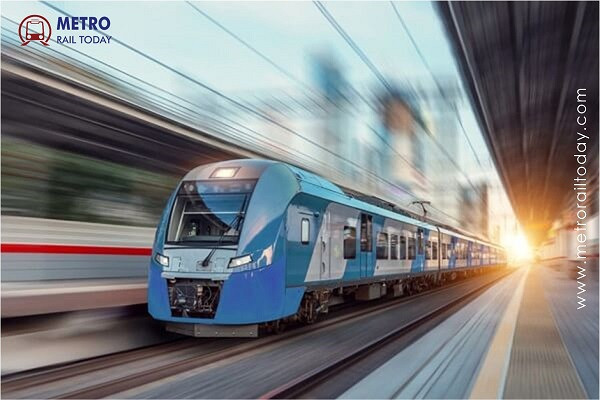 Knorr-Bremse acquires Alstom’s Rail Signalling Technology Business at €630 million
Knorr-Bremse acquires Alstom’s Rail Signalling Technology Business at €630 million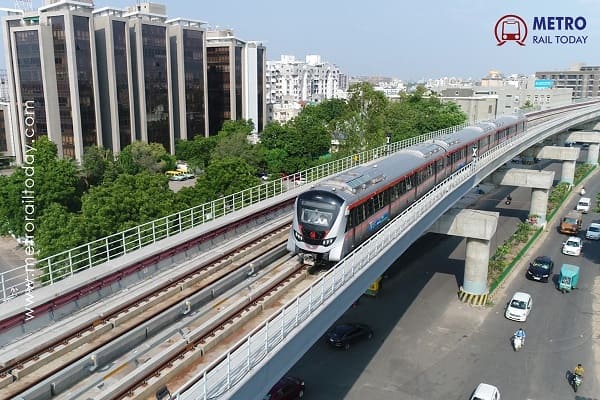 Navigating India's Metro Rail Expansion: Efficient Planning for Timely Completion
Navigating India's Metro Rail Expansion: Efficient Planning for Timely Completion
Delhi Metro Success Story: Proudly serving National Capital Region since 2002

Delhi Metro Rail Corporation Limited (DMRC) has recently celebrated its 28th Foundation day on May 3, 2022. The company was established on 3rd May 1995 as a special purpose vehicle (SPV) for the implementation and subsequent operations of the mass rapid transit system (MRTS) in Delhi, India. It was incorporated with equal equity participation from the Government of India (GoI) and the Government of National Capital Territory of Delhi (GNCTD).
Delhi Metro commenced operations in 2002 and is well regarded as a financial and technical success. DMRC has gained a reputation in its role as a metro system developer and is actively consulting on many national and international metro system development projects.
Upon its inauguration, the metro system was so well received that on Day 1 of operations, about 1.2 million passengers came to use the Metrorail system, which was six times the design capacity. The modern, air-conditioned trains, contactless tokens in place of paper tickets of buses, escalators at stations, clean platforms, and convenient passenger information system provided a great relief to daily commuters.
The Delhi Metro Rail Network is grown to 348.5-km (as of March 2022) in last 20 years and is continuously expanding.
Current Operational Network
The Delhi Metro system is being developed in various phases. Currently, Phases I, II and III comprising ten lines, are operational. The below data provides details of the current operational network.
Phase 1: 65.0 km, 59 stations (Operational since December 2002)
Phase 2: 125.0 km, 86 stations (Operational since June 2008)
Phase 3: 160 km, 109 stations (Operational since September 2015)
(Total Operational Network: 350 km, 254 stations)
Project Cost & Funding Pattern
The Japan International Cooperation Agency (JICA) has been the biggest contributor to the financing of both phases. It is followed by the centre and state governments (both having equal contributions).
The below data indicates a comparison of JICA’s financing for the four phases.
Phase I (Rs 10,571 crores): JICA shares - 60% (Rs 6,342.6 crores)
Phase II (Rs 18,783 crores): JICA shares - 54.47% (Rs 10,214.75 crores)
Phase III (Rs 41,079 crores): JICA shares - 48.57% (Rs 19,952 crores)
(Total Project Cost: Rs 70,433 crores, JICA shares - 51.84%)
The Government of India had introduced two new sources of funding during Phase II:
- Subordinate debt for central government taxes
- Grant by Haryana Urban Development Authority (HUDA) for extension of the Yellow Line up to Gurgaon in the neighbouring state Haryana.
Rolling Stock
The Delhi Metro uses rolling stock of two different gauges – Broad Gauge (1676 mm) & Standard Gauge (1435 mm). Line 1 to Line 4 are using broad gauge Rolling Stock, while Line 5 to Line 10 are using Standard Gauge. As of March 31, 2022, Delhi Metro has a total of 286 trains (1905 coaches). Trains are being maintained at 14 metro depots.
Fare & Ticketing System
Delhi Metro is using contactless fare collection systems through RFID tokens and smart cards only. The last fare was revised on 10th October 2017 based on the recommendation of the 4th Fare Fixation Committee in May-2016.
Distance 0-2 km: Rs 10/-, 2-5 km: Rs 20/-, 5-12 km: Rs 30/-, 12-21 km: Rs 40/-, 21-32 km: Rs 50/- & Above 32 km: Rs 60/-.
For the convenience of customers, Delhi Metro commuters have three choices for ticket purchases. The RFID tokens are valid only for a single journey on the day of purchase and the value depends on the distance travelled, with fares for a single journey ranging from Rs10 to Rs60. Fares are calculated based on the origin and destination stations using a fare chart.
A common ticketing facility “Delhi One Card” for commuters travelling on Delhi Transport Corporation (DTC) buses and the Metro was introduced in 2011 by the Govt. of NCT of Delhi.
Ridership
Delhi Metro has seen consistent growth in ridership since its commencement of operations in 2002. The increase in ridership can be attributed to a high quality of service and accessibility due to network expansion.

After the fare hike in 2017, DMRC has reported that ridership has fallen by 3 percent as more people have started using alternative modes of transportation.
Financial performance
DMRC generates its revenues from the farebox, non-fare sources as well as consulting assignments undertaken for other metro projects.
However, the company has been continuously reporting net losses after-tax, with the net losses widening drastically in 2015-16. A primary reason for the dismal financial performance of DMRC was a failure in fare revision and rising input costs. Delhi Metro has been operating with a loss on an EBT basis since 2010, although the loss has reduced after 2015–16. EBITDA margin declined from 73% in Fiscal 2007 to 27% in Fiscal 2016–17 before improving to 30% in 2017–18.
In 2014, Delhi Metro started a semi-naming policy of metro stations, awarded through an open e-tendering process, to generate non-fare revenues.
Barring 2008-09, DMRC did not post a net profit. It is estimated that DMRC incurs a loss of almost INR10 million per day.
The timid growth witnessed in revenue has been attributed to growth in revenues due to an increase in ridership with ongoing capital investment. However, the gains have fallen short of making up for the losses.
Capital projects
Phase IV
Phase IV involves the development of six corridors, which together span 103.93 km and cover 76 stations. However, only three corridors spanning 65.1 km were approved by the Centre and are now under construction.
Unapproved corridors are Rithala-Bawana-Narela (21.73 km, 15 Stations), Inderlok-Indraprastha (12.58 km, 10 stations) and Lajpat Nagar – Saket G Block (7.96 km, 6 stations).
JICA is agreed to extend financial support for the implementation of Phase IV corridors of the Delhi Metro also.
According to DMRC, the loan agreement between the Government of India and JICA for the sanction of loans for Delhi Metro’s Phase 4 expansion was signed in March 2020. The amount sanctioned is Japanese Yen 119,978 million (Approximately Rs8,390 crore). DMRC started the construction work of three corridors of Phase 4 in November 2019.
Conclusion
Delhi Metro is a role model for other metro rail systems being implemented in various cities of the country.
There are various factors that contributed to the success of the Metrorail system. The deadlines and investments for the project were set realistic and the project was carried out as per the timeline announced and budget allocated. DMRC had an exemplary leadership team. It ensured that the contractors delivered the work on time and as per budget. Most of the contracts were divided between various companies so that timely delivery of work could be ensured.
Currently, DMRC ensures that 99.97 percent of trains arrive within one minute of the scheduled time. Even during the peak hours, the trains do not suffer a breakdown. There are no accidents in the metro system. Passenger satisfaction is high and discipline is ensured to keep the metro clean. Further, the system is developing areas previously considered uninhabitable because of a lack of access to transport systems.
Going ahead, Phase IV will grow the network further when it is completed in 2024-25, the system will be bigger than the London Underground and is expected to carry 6 million passengers daily.
(This article is part of our April 2022 Issue of Metro Rail Today.)




